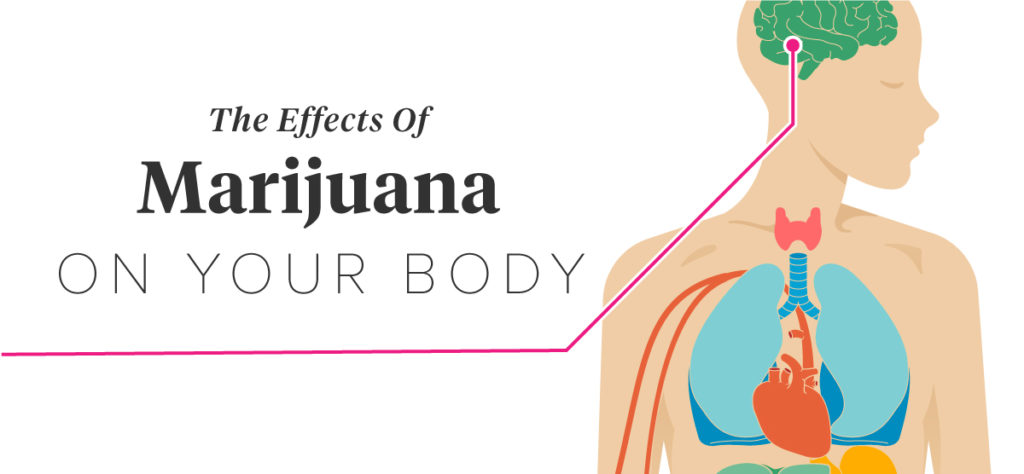 Cannabis extracts are all the rage these days, from oils and wax to budder and shatter. The cannabis plant, however, is still classified as an illegal drug by the United States federal government and this makes it difficult for the Environmental Protection Agency (EPA) to regulate pesticides contained in cannabis extracts.
Cannabis extracts are all the rage these days, from oils and wax to budder and shatter. The cannabis plant, however, is still classified as an illegal drug by the United States federal government and this makes it difficult for the Environmental Protection Agency (EPA) to regulate pesticides contained in cannabis extracts.
Not to worry though, because even the most contaminated cannabis extract can be purified. Foreign matter and residual solvents can wreak havoc on cannabis consumers. One of the most common pesticides contained in cannabis is a hazardous fungicide called myclobutanil.
A toxic insecticide called imidacloprid has been labeled ‘moderately hazardous’ by the World Health Organization (WHO). Insecticides like abamectin and spiromesifen may also be present in some types of cannabis.
Are Pesticides Harmful to Human Health?
Pesticides will plague the bloodstream when contaminated cannabis is ingested or inhaled. Evidence suggests that pesticide exposure could trigger neurological problems, fetal death, birth defects, and neurodevelopmental disorder.
It is the responsibility of the Environmental Protection Agency to register labels that inform buyers countrywide of what they are consuming.

Do Concentrates Pose a Problem for Pesticide Contamination?
Hash oil concentrates pose a major concern for cannabis consumers. Pesticides and cannabinoids share alike chemical properties, therefore, when cannabis is being extracted, pesticides are concentrated along with the cannabinoids.
A study conducted by the Cannabis Safety Institute saw how concentrates can be 10x more potent in pesticides than the cannabis flower. In an attempt to make sure botanical products adhere to safety guidelines, American Herbal Pharmacopoeia (AHP) has issued a cannabis monograph.
How Pesticides Are Removed During Cannabis Extraction Process
 Making a pesticide-free isolate or concentrate is significantly easier if you target the ideal compound you wish to extract, such as THC (tetrahydrocannabinol) or CBD (cannabidiol). Albeit economical, this option is not always possible.
Making a pesticide-free isolate or concentrate is significantly easier if you target the ideal compound you wish to extract, such as THC (tetrahydrocannabinol) or CBD (cannabidiol). Albeit economical, this option is not always possible.
This is where Flash Chromatography comes in handy. For decades, the chemical and pharmaceutical industries have relied on this pesticide removal technique. When an impurity is insoluble in a solvent that the desired compound has restricted solubility, a Soxhlet extraction may be used.
Nevertheless, Flash Chromatography is an effective way to de-toxify cannabis concentrates of pesticides, depending on the compound polarity.
Let us know what you think.




Responses